The 5 Best Fishing Line for Crappie Fishing (2023)
By GearGuideOutdoors Staff
Last Updated: 8/2/2023
Choosing the best crappie fishing line is crucial when trying to catch this fish and many others. Without using the correct fishing line, it can lead to a ruined fishing event. So in this guide, we ranked and reviewed 5 of the best Crappie fishing lines to boost your crappie fishing game.
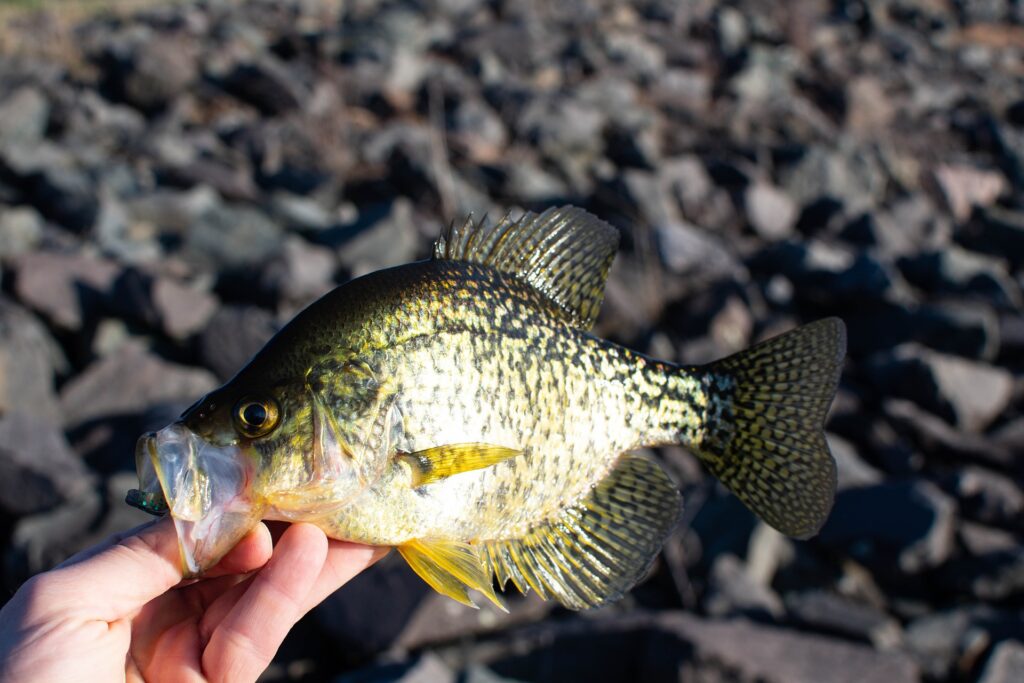
Why Choosing the Right Crappie Fishing Line is Critical
First and foremost, crappie have acute vision and are notorious for being picky eaters, especially in clean and quiet waters. The appropriate line can provide the invisibility and stealth needed to fool these wary fish, boosting the probability of luring them to bite.
Crappie fishing frequently entails the use of tiny lures and lightweight equipment. You need a fishing line to have the strength and sensitivity to adequately handle these delicate setups, allowing you to detect even the most slightest of bites.
Crappie are also known for making rapid, darting movements when hooked. The appropriate line should have minimal stretch qualities. This reduces the likelihood of the fish tossing the hook during those exciting bouts.
Environmental variables are important. Lines with limited visibility and minimum water absorption are great, especially in clear or highly fished waterways, because they lessen the risks of spooking crappie while still retaining the line’s strength and effectiveness over time.
Factors to Considered when Buying Fishing Line For Crappie
- Price
- Quality
- Casting Distance
- Visibility
- Line Strength (Pound Test)
- Line Memory
- Stretch
- Sensitivity
- Buoyancy
- Abrasion Resistance
Our Picks for the Best Crappie Fishing Lines
1. Berkley Vanish Fluorocarbon Fishing Line (Best Overall)
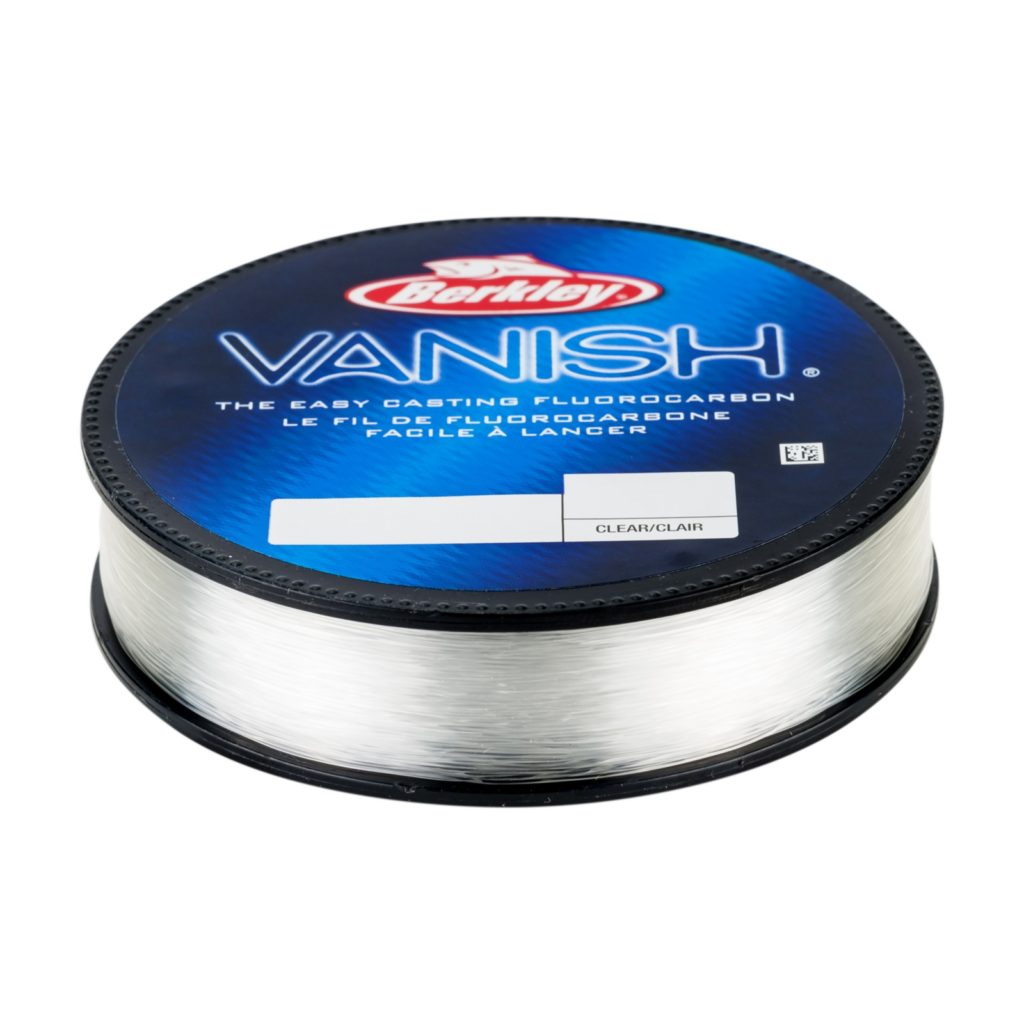
Pros
- Invisible under water
- Sinks under water
- Optimal Strength
- Flexible
- Abrasion Resistant
Cons
- Higher line Memory
- Only 1 color option
Berkley Vanish Fluorocarbon Fishing Line is a dependable and adaptable alternative for fishermen dealing with difficult fishing circumstances.
Its near-invisibility underwater gives it a sneaky advantage when targeting cautious fish like crappie, and its extraordinary sensitivity allows it to detect even the most faint bites. The line’s high abrasion resistance assures durability when it comes into contact with underwater structures.
Some users have experienced little visibility in certain water conditions and have advised caution with knot strength during prolonged encounters with larger fish.
Overall, the pros of the Berkley Vanish Fluorocarbon Fishing Line, such as its invisibility and sensitivity, outweigh the cons, making it a wonderful addition to any angler’s tackle box for effective crappie fishing.
2. Daiwa J-Braid x4 (Best Braided Line)
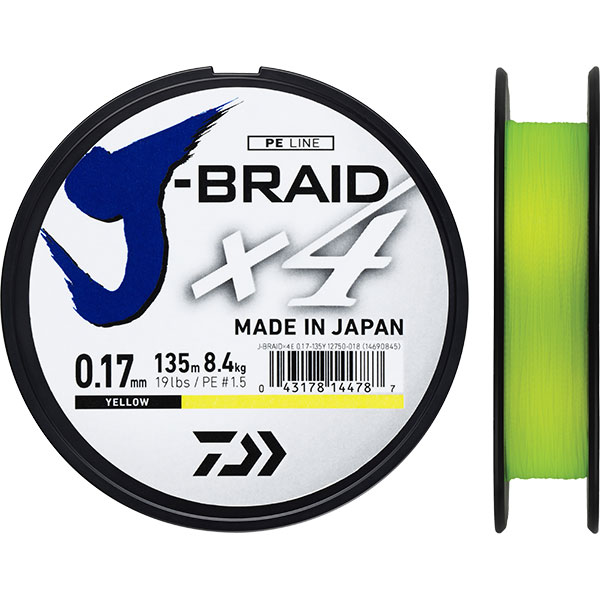
Pros
- Exceptional Strength
- Sensitivity
- Smooth Casting
- Almost no line memory
Cons
- Not 8 stranded
- Must use a leader
The remarkable strength, sensitivity, and easy casting of the Daiwa J-Braid x4 Fishing Line amazed me. It has an incredible strength-to-diameter ratio, allowing me to easily tackle large crappie and other gamefish.
The line’s sensitivity allowed me to detect even the smallest bites, which was very useful on slow-bite days. Casting with the J-Braid x4 was a dream, with longer and more precise casts to elusive hotspots. Its endurance and low memory minimized abrasion, tangling, and coiling concerns, making it a dependable partner in difficult fishing settings.
While it may be somewhat more apparent in clear seas, the overall performance makes Daiwa J-Braid x4 a high-quality fishing line that improved my game.
3. Seaguar Red Label (Best Fluorocarbon)
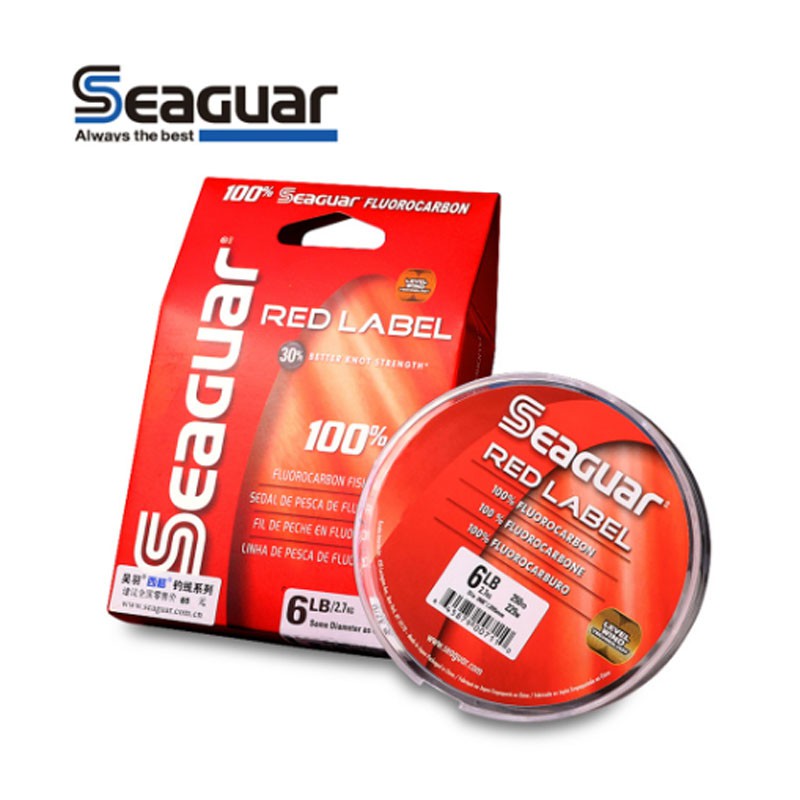
Pros
- 100% Fluorocarbon
- Near-Invisibility
- Abrasion Resistance
- Low Stretch
- Great Knot Strength
Cons
- Line Management can be a problem
- Pricey
The Seaguar Red Label Fluorocarbon Fishing Line stands out as a dependable and adaptable alternative for crappie and other fish fishermen.
Its near-invisibility underwater gives it a huge advantage in clear waters, boosting the likelihood of luring wary fish to bite. Because of the line’s extraordinary sensitivity, fishermen can detect even the smallest nibbles, resulting in more effective hook setups and exciting catches.
Seaguar Red Label has excellent abrasion resistance, making it suitable for fishing in tough terrain without sacrificing any performance.
While some fishermen complain about minor memory difficulties and the somewhat higher price point, the overall benefits of this fluorocarbon line, such as knot strength and general longevity, make it a useful tool for those looking to improve their fishing game.
4. Berkley Trilene XL Monofilament Fishing Line (Best Monofilament)
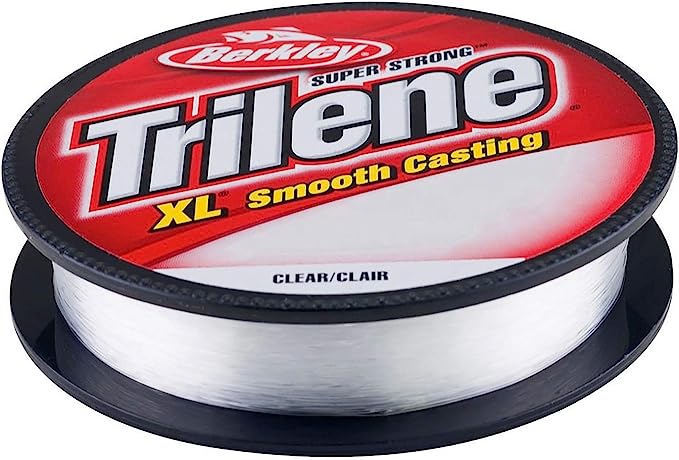
Pros
- Smooth Casting – Resists twists and kinks
- Super Strong – Incredible strength for confidence and control
- Sensitive – Good feel for structure and strikes
- Versatile – Outstanding for a wide variety of baits and techniques
- Budget Friendly
Cons
- Line Memory – Can lead to Line Twists
- Only 2 Colors Avaliable
Berkley Trilene XL Fishing Line is a robust and sensitive choice for a variety of fishing tactics, excellent at catching large specimens.
Its adaptability with spinning reels and baitcasters makes it suitable for a wide range of fishing techniques.
However, the line’s visibility in clear waters could occasionally frighten shy crappies, and occasional knot strength and line twisting issues should be observed.
Despite these disadvantages, the Trilene XL remains a popular and well-rounded alternative, giving anglers the confidence to tackle a variety of different Crappie fishing situation.
5. Sunline Super FC Sniper Fluorocarbon Fishing Line (Best Line with no Budget)
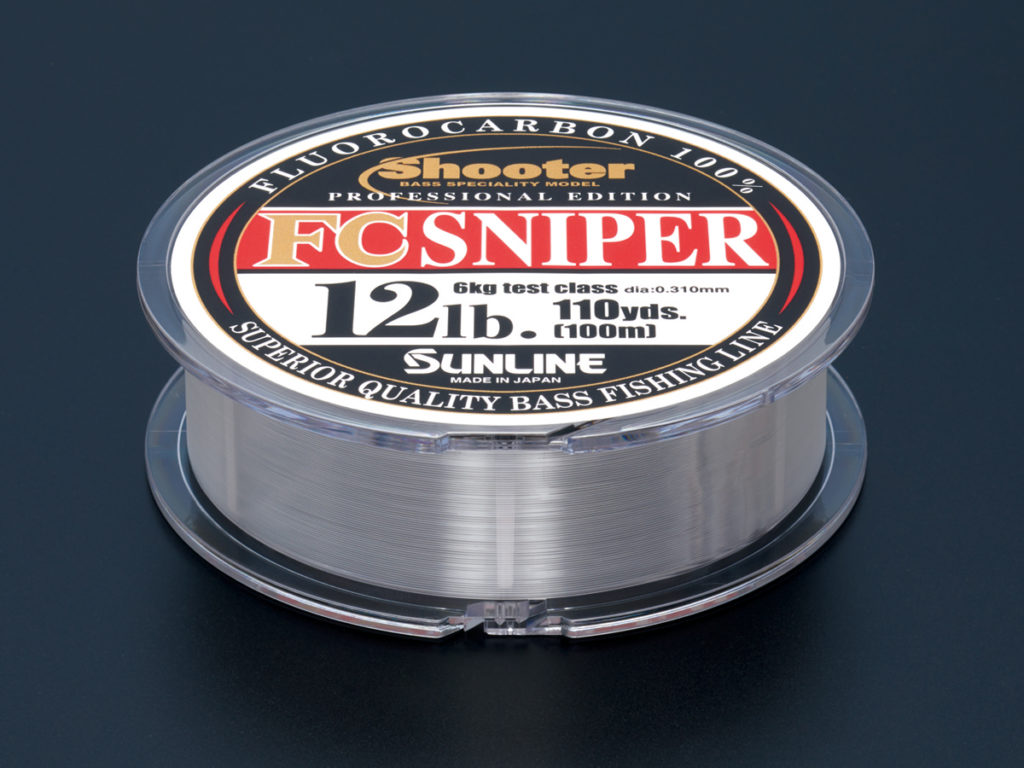
Pros
- Excellent Invisibility
- High Quality Fluorocarbon
- Sensitive
- Low Stretch
- Abrasion Resistant
- Little line memory
Cons
- Expensive
Anglers looking for superb invisibility, sensitivity, and reliable hook settings will appreciate the Sunline Sniper FC Fluorocarbon Fishing Line.
Its low visibility makes it a good choice for luring nibbles from cautious species like crappie in clean waters. The line’s exceptional sensitivity allows fishermen to detect even the smallest nibbles and bites, resulting in perfect hook setups and higher catch rates.
Furthermore, its toughness and abrasion resistance give you extra confidence when fishing in difficult conditions.
The line does, however, have some memory concerns, and its higher price point may not appeal to budget-conscious fisherman.
What Kind of Line to Choose
Monofilament

Monofilament fishing line is comprised of a single strand of nylon or another synthetic substance. It is well-known for its pliability, buoyancy, and abrasion resistance.
Anglers choose monofilament because of its versatility, ease of handling, and its stretch, which helps absorb abrupt shocks and lowers the chance of the line breaking while reeling in large fish.
Fluorocarbon

Fluorocarbon is made from a single strand of fluoropolymer components. It is almost imperceptible underwater, making it a perfect choice for circumstances when fish are hesitant and line visibility is an issue.
Fluorocarbon is also denser than water, allowing it to sink faster and stay more sensitive to bites. Because to its minimal stretch, it has increased sensitivity, helping fishermen to detect tiny strikes and improve hook-setting efficiency.
It is often used as a leader material or as a mainline for various fishing purposes, particularly in clear water or when targeting picky fish species.
Braid
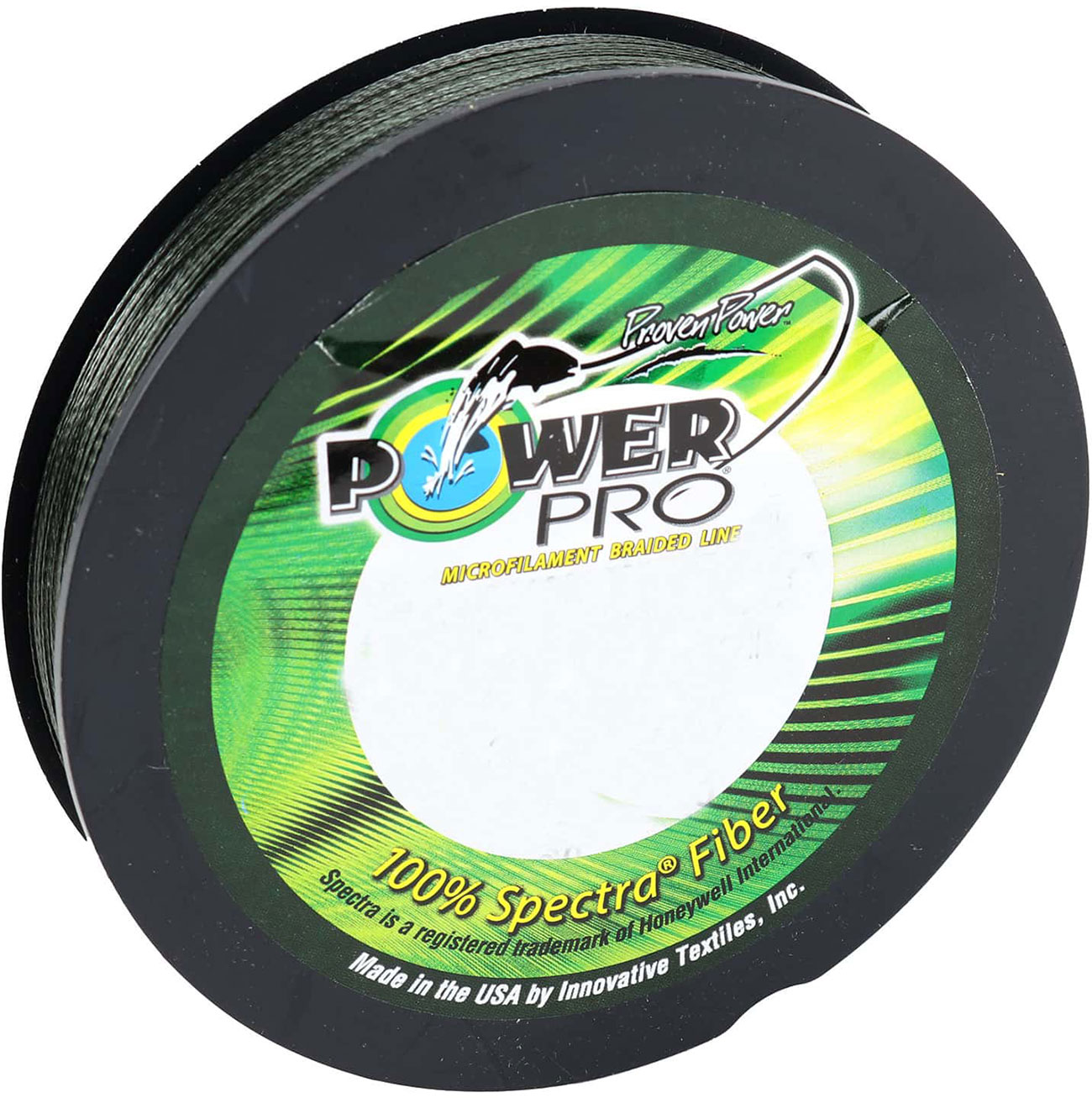
Braid is manufactured by weaving together many strands of synthetic fibers such as Dyneema or Spectra. When compared to ordinary monofilament lines, it is noted for its superior strength, tiny diameter, and minimum stretch.
Anglers frequently use braid because of its greater sensitivity, throwing distance, and increased hook-setting strength, making it perfect for targeting a variety of fish species, even powerful and elusive ones.
What Pound Test Should You Use to Catch Crappie
Choosing the best pound test fishing line for crappie fishing necessitates careful consideration of a number of different elements.
Crappie are little freshwater fish noted for their cautious and sensitive bites, making line selection critical to success. A light to ultralight fishing line, generally ranging from 2 to 6-pound test, is excellent for most crappie fishing settings.
Lighter lines provide more natural lure presentations as well as enhanced sensitivity, making it simpler to detect those small crappie nibbles.
Also, crappie frequently occupy regions with submerged objects, so a lighter line increases the likelihood of not spooking the fish while yet providing enough strength to handle these conditions.
When in certain situations where larger crappie or thicker cover are present, employing a slightly higher pound test such as up to 8 or 10 pounds may be useful. It strikes a mix between strength and elegance, ensuring excellent hook settings and solid landings.
To determine what pound test fishing line to use for crappie fishing you must consider the size of the crappie, your fishing location, the structure underwater, and your choice of either finesse or power in your approach.
Wrap Up
The proper fishing line is critical for effective crappie fishing.
Whether you choose monofilament, braided, fluorocarbon, copolymer, or hybrid lines, each has its own set of benefits.
When making your decision, consider fishing technique, fish species, line strength, visibility, stretch, and environmental effect.
With this information, you may improve your crappie catching skills and have wonderful fishing adventures on the lake or river.
Happy fishing, and keep your lines tight!
GearGuideOutdoors is reader supported. If you buy through links on our site, we may earn an affiliate commission.
